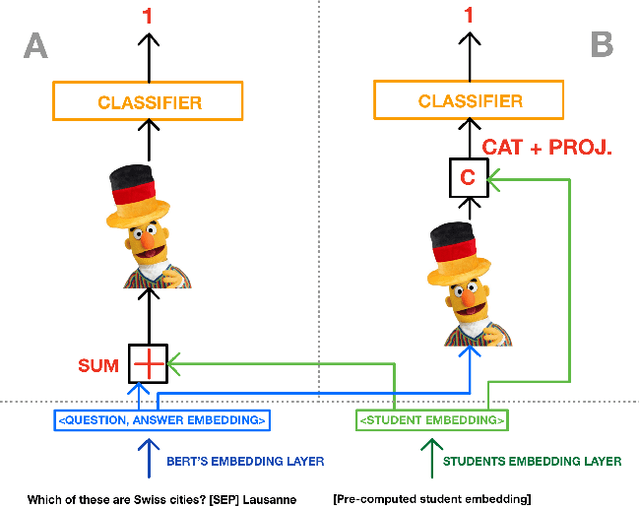Tommaso Martorella
CODE: Confident Ordinary Differential Editing
Aug 22, 2024



Abstract:Conditioning image generation facilitates seamless editing and the creation of photorealistic images. However, conditioning on noisy or Out-of-Distribution (OoD) images poses significant challenges, particularly in balancing fidelity to the input and realism of the output. We introduce Confident Ordinary Differential Editing (CODE), a novel approach for image synthesis that effectively handles OoD guidance images. Utilizing a diffusion model as a generative prior, CODE enhances images through score-based updates along the probability-flow Ordinary Differential Equation (ODE) trajectory. This method requires no task-specific training, no handcrafted modules, and no assumptions regarding the corruptions affecting the conditioning image. Our method is compatible with any diffusion model. Positioned at the intersection of conditional image generation and blind image restoration, CODE operates in a fully blind manner, relying solely on a pre-trained generative model. Our method introduces an alternative approach to blind restoration: instead of targeting a specific ground truth image based on assumptions about the underlying corruption, CODE aims to increase the likelihood of the input image while maintaining fidelity. This results in the most probable in-distribution image around the input. Our contributions are twofold. First, CODE introduces a novel editing method based on ODE, providing enhanced control, realism, and fidelity compared to its SDE-based counterpart. Second, we introduce a confidence interval-based clipping method, which improves CODE's effectiveness by allowing it to disregard certain pixels or information, thus enhancing the restoration process in a blind manner. Experimental results demonstrate CODE's effectiveness over existing methods, particularly in scenarios involving severe degradation or OoD inputs.
Student Answer Forecasting: Transformer-Driven Answer Choice Prediction for Language Learning
May 30, 2024



Abstract:Intelligent Tutoring Systems (ITS) enhance personalized learning by predicting student answers to provide immediate and customized instruction. However, recent research has primarily focused on the correctness of the answer rather than the student's performance on specific answer choices, limiting insights into students' thought processes and potential misconceptions. To address this gap, we present MCQStudentBert, an answer forecasting model that leverages the capabilities of Large Language Models (LLMs) to integrate contextual understanding of students' answering history along with the text of the questions and answers. By predicting the specific answer choices students are likely to make, practitioners can easily extend the model to new answer choices or remove answer choices for the same multiple-choice question (MCQ) without retraining the model. In particular, we compare MLP, LSTM, BERT, and Mistral 7B architectures to generate embeddings from students' past interactions, which are then incorporated into a finetuned BERT's answer-forecasting mechanism. We apply our pipeline to a dataset of language learning MCQ, gathered from an ITS with over 10,000 students to explore the predictive accuracy of MCQStudentBert, which incorporates student interaction patterns, in comparison to correct answer prediction and traditional mastery-learning feature-based approaches. This work opens the door to more personalized content, modularization, and granular support.
 Add to Chrome
Add to Chrome Add to Firefox
Add to Firefox Add to Edge
Add to Edge